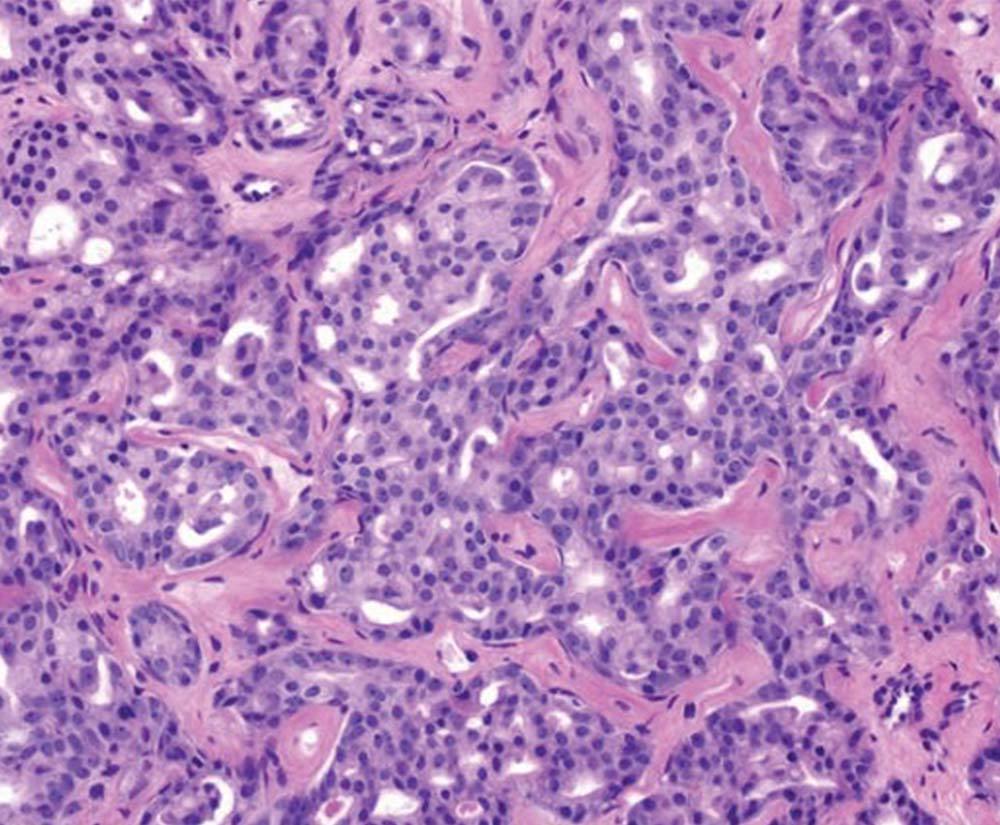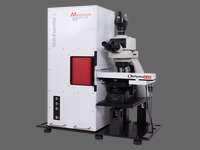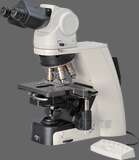- en Change Region
- Global Site
- Home
- Resources
- Applications
- Life Sciences
- Molecular Pathology
Applications
Molecular Pathology

Traditional pathology concentrates on the morphological manifestations of disease. Molecular pathology, in addition, integrates tools of molecular biology to: isolate and identify the causative agents in infectious disease, understand the role of differential gene expression in disease etiology, provide more accurate means of disease diagnosis and provide more individualised approaches to therapy.
Many diseases are caused by inherited gene mutations, for example, cystic fibrosis, muscular dystrophy, and lysosomal storage diseases. Other gene alterations confer a greater susceptibility to disease - for example, cancer or heart disease.
Key techniques used in molecular pathology to identify relationships between gene alterations and disease include cell isolation and cell culture, immunohistochemistry, FISH, and laboratory molecular biology techniques (identification of gene mutations, expression profiling, protein analysis, blotting, microarrays).
It is thought that the development of malignant disease progresses through defined stages such as hyperplasia, dysplasia, carcinoma in situ, primary carcinoma, invasive carcinoma, and metastases, each of which may be linked to mutations and alterations in the expression of subsets of genes.
The impact of gene alterations on protein function and disease can be investigated using a variety of imaging techniques. Of particular importance is the imaging of protein-protein interactions using time-lapse imaging, TIRF microscopy and confocal fluorescence microscopy techniques such as 3-D rendering, FRET / BRET. These enable spatial and temporal analysis of dynamic events involving, for example, receptor interactions and other signaling events.
- Home
- Resources
- Applications
- Life Sciences
- Molecular Pathology



